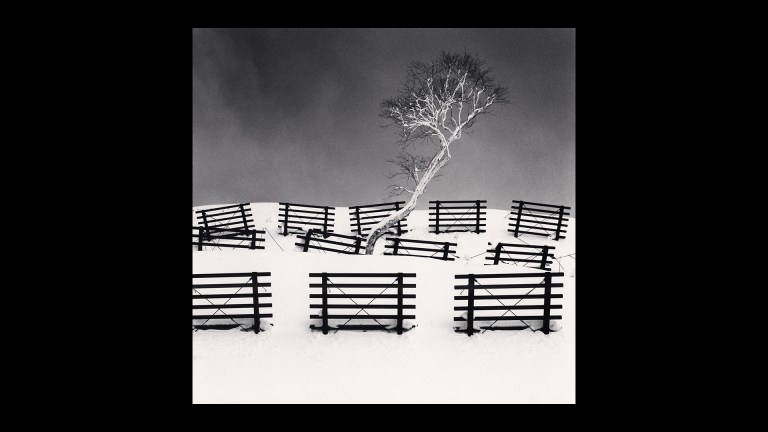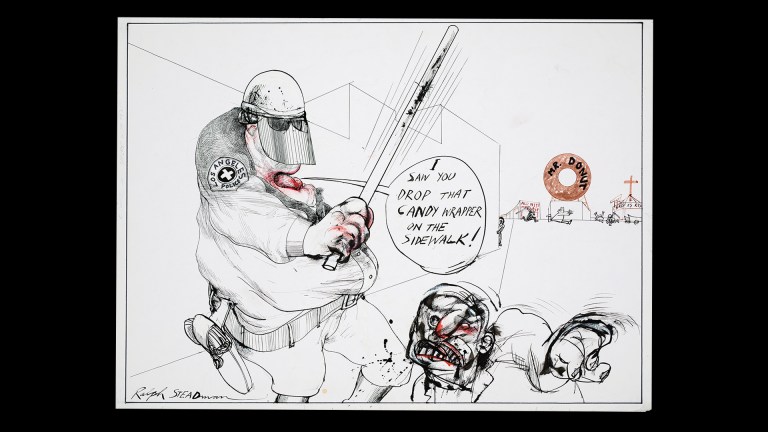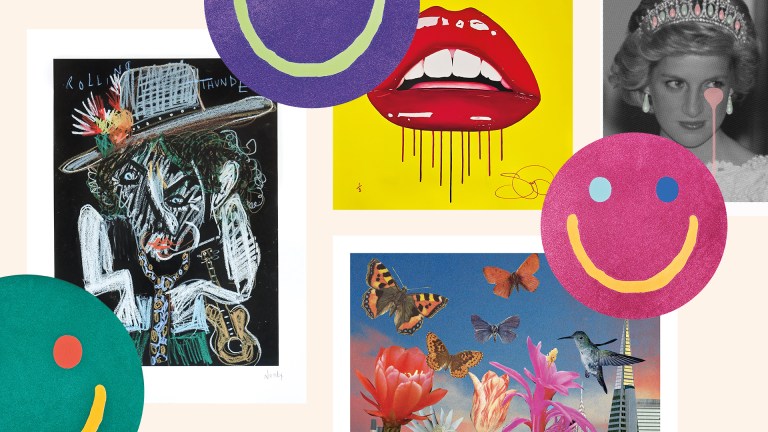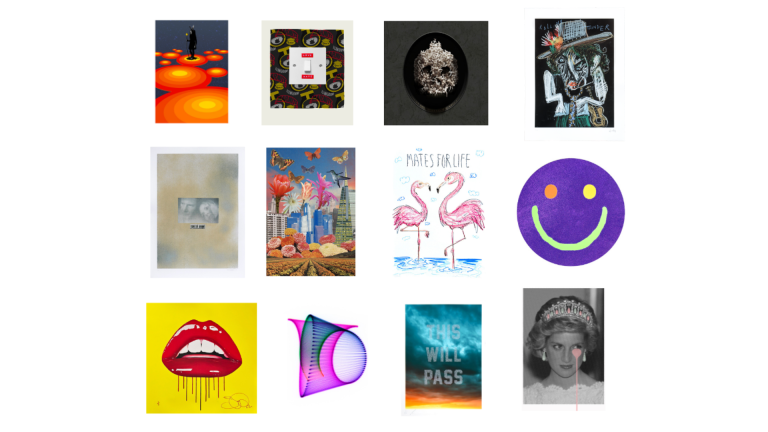Throughout my childhood and into my teenage years, I’d always felt drawn to and appreciated art but didn’t become a practising artist until much later in my life. The ‘life begins at 40’ adage was pretty apt for my situation.
It began as a form of meditation or therapy, an opportunity to get out of my head and focus on something beautiful, meaningful and inspirational. Now, as I continue to process my life through my art, I have found ways to share what I love with people and communities far and wide, leading me to the visual representation of my guiding principles relating to the beautification of urban landscapes that I like to call ‘urban aesthetics’.
- ‘I cried my eyes out making this’: Meet the artists in homeless exhibition backed by Prince William
- Colin Greenwood: ‘I never let my brother Jonny forget it was me that got him into Radiohead’
For me, painting a piece of public art is a merging of two powerful concepts: Adrian Hill’s ‘art therapy’ concept that focusses on the effect of the act of creation on the self and Alain de Botton’s ‘art as therapy’ concept which focuses more on the positive impact of viewing art both to the individual and to the wider community.
Murals or public art allow for a connection to an audience regardless of age, class, education and the social lines we often allow to define and divide us. Having grown up in one of the many brutalist social housing estates in South East London (Elephant and Castle), the absence of colour, inspiration and beauty was glaringly obvious from an early age. Murals are a tool for all types of storytelling and a doorway to a world sometimes beyond our imagination propelling us forward to new horizons and appreciated by all.
As a creator of public murals, I personally aspire to fill-in the landscape ‘blanks’ and to leave the space brighter and more inspired than I found it. From the feedback I have received I know my work has only ever had positive impact in locations all around the world. Some of my most impactful murals can be seen in Portland, Seattle and Pantin (Paris), and some Londoners may already know Acton’s Shisoka or Notting Hill’s Lady Kinoko, both of which have achieved local landmark status.
I’ve been incredibly lucky to have had the ability to travel the world and, in tandem, the opportunity to share my art with as many people as I have. Collaborating with locals in each new territory I explore enables me to immerse myself momentarily into the culture and weave narratives, with clothing and iconography, into my murals.









